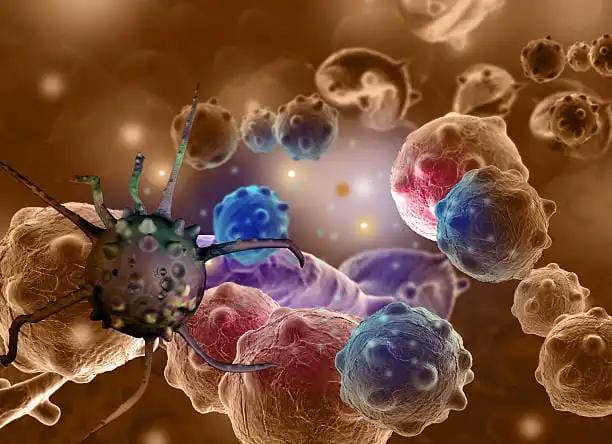KEY TAKEAWAYS
- The study aimed to characterize the clinical and imaging profiles of acute ICH caused by metastasis or brain tumors.
- Results concluded over half of neoplastic ICH cases showed stroke-like symptoms, with differences in tumor location and treatments.
Intracerebral hemorrhage (ICH) can be caused by underlying brain tumors, brain cancer or metastases (mICH).
Semil Eminovic and the team aimed to provide a detailed clinical and imaging workup of acute ICH caused by underlying metastases or brain tumour lesions.
This retrospective, single-center study included patients with occult ICH on initial CT imaging, classified as tICH or mICH based on follow-up MRI and the H-Atomic classification. Researchers reviewed demographic, clinical, and radiological data.
The study included 116 patients, 17.24% with tICH and 82.76% with mICH. The most common primary cancers causing ICH were lung cancer (27.59%), malignant melanoma (18.10%), and glioblastoma (10.34%).
Focal deficit (53.45%), dizziness (36.21%), and cognitive impairment (23.28%) were the most common presenting symptoms. The occipital lobe showed the highest mICH prevalence (28.13% vs. 0.00% for tICH), while tICH was more common in the corpus callosum (10.00% vs. 0.00% for mICH). Anticoagulation therapy was more frequent in mICH patients (5.21% vs. 0.00% for tICH). Hemorrhage and edema volumes were significantly larger in tICH.
The study concluded that more than half of patients with neoplastic ICH exhibited stroke-like symptoms. Lung cancer was most common in mICH, while glioblastoma prevailed in tICH. Although clinical presentations were similar, significant differences in tumor location and treatments were observed.
No funding was provided.
Source: https://link.springer.com/article/10.1007/s11060-024-04811-2
Eminovic S, Orth T, Dell’Orco A, et al. (2024). “Clinical and imaging manifestations of intracerebral hemorrhage in brain tumors and metastatic lesions: a comprehensive overview.” J Neurooncol. 2024. doi:10.1007/s11060-024-04811-2.



